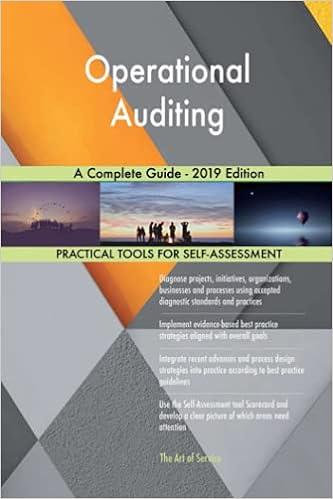Can someone do this?

period. Period (non-manufacturing) costs associated with flanges are $10,000 per period, and are fixed. Requirements 1. Fred's Flasks, sells flanges for $8.25 each. Can Graham sell below Fred's price and still make a profit on the flanges? Assume Graham produces and sells 5,000 flanges this period. 2. How would your answer to requirement 1 differ if Graham's Glassworks made and sold 10,000 flanges this period? Why? What does this indicate about the use of unit cost in decision making? Requirement 1. Fred's Flasks, sells flanges for $8.25 each. Can Graham sell below Fred's price and still make a profit on the flanges? Assume Graham produces and sells 5,000 flanges this period. Begin by determining the formula used to calculate the total cost per unit. Choose the correct answer below. A. (Materials cost per unit + Wage rate per hour) Units produced and sold = Total cost per unit B. (Total fixed costs + Total variable costs) Wage rate per hour = Total cost per unit C. (Total fixed costs + Total variable costs) Units produced and sold = Total cost per unit D. ( Total fixed costs + Total variable costs ) Materials cost per unit = Total cost per unit Complete the sentence below. (Round the total cost per unit to two decimal places.) The total cost per unit to manufacture 5,000 flanges is $, therefore, they make a profit when compared to Fred's Flasks selling price of $8.25 each. decimal places.) The total cost per unit to manufacture 10,000 flanges would be $ With production and sales at this level, the company unit level. potentially make a profit if the selling price is below $8.25 each. Managers must be cautious using unit costs for decision making because potentially make a profit if the selling price is below $8.25 each. Managers must be cautious using unit costs for decision making because do not change at the period. Period (non-manufacturing) costs associated with flanges are $10,000 per period, and are fixed. Requirements 1. Fred's Flasks, sells flanges for $8.25 each. Can Graham sell below Fred's price and still make a profit on the flanges? Assume Graham produces and sells 5,000 flanges this period. 2. How would your answer to requirement 1 differ if Graham's Glassworks made and sold 10,000 flanges this period? Why? What does this indicate about the use of unit cost in decision making? Requirement 1. Fred's Flasks, sells flanges for $8.25 each. Can Graham sell below Fred's price and still make a profit on the flanges? Assume Graham produces and sells 5,000 flanges this period. Begin by determining the formula used to calculate the total cost per unit. Choose the correct answer below. A. (Materials cost per unit + Wage rate per hour) Units produced and sold = Total cost per unit B. (Total fixed costs + Total variable costs) Wage rate per hour = Total cost per unit C. (Total fixed costs + Total variable costs) Units produced and sold = Total cost per unit D. ( Total fixed costs + Total variable costs ) Materials cost per unit = Total cost per unit Complete the sentence below. (Round the total cost per unit to two decimal places.) The total cost per unit to manufacture 5,000 flanges is $, therefore, they make a profit when compared to Fred's Flasks selling price of $8.25 each. decimal places.) The total cost per unit to manufacture 10,000 flanges would be $ With production and sales at this level, the company unit level. potentially make a profit if the selling price is below $8.25 each. Managers must be cautious using unit costs for decision making because potentially make a profit if the selling price is below $8.25 each. Managers must be cautious using unit costs for decision making because do not change at the







